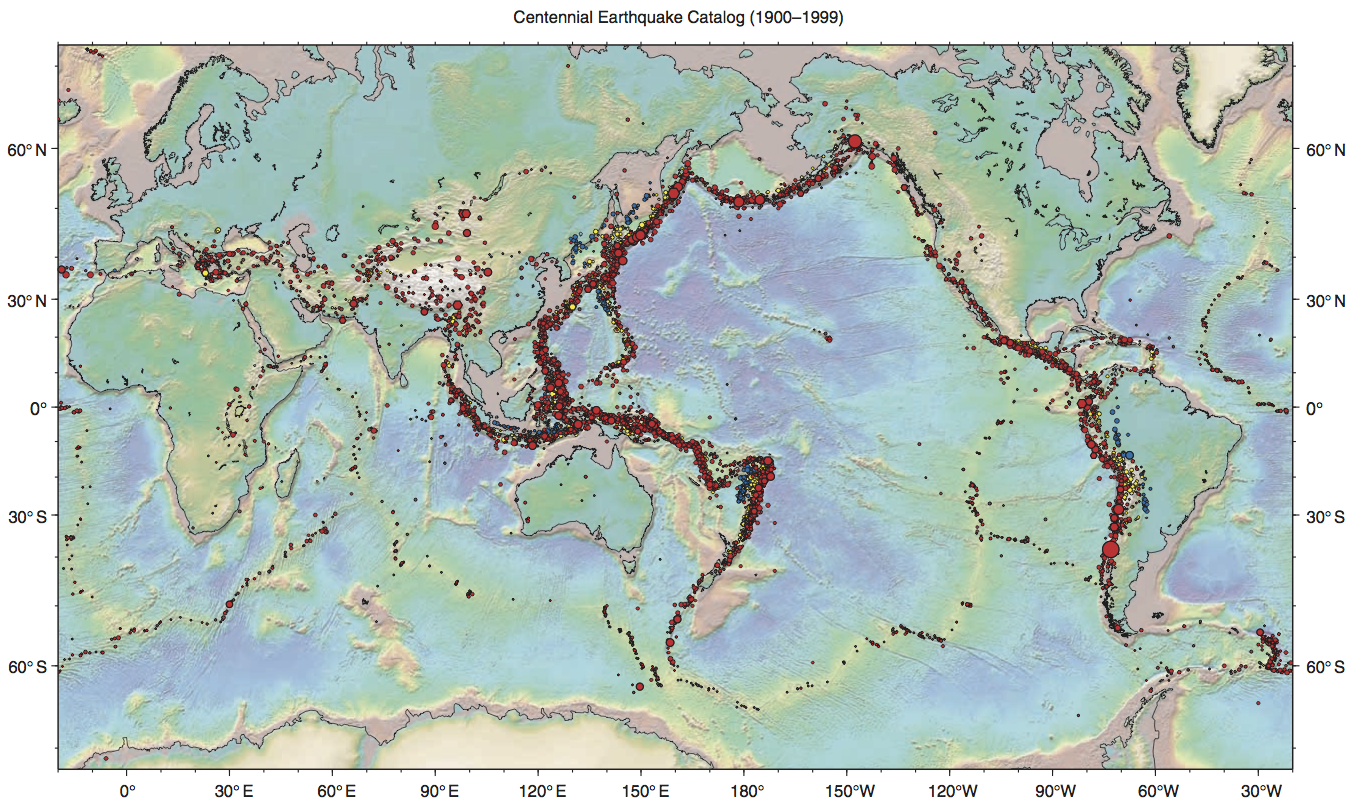December 12, 2016
The “App Store”
Packages and Libraries
- All interesting things in R are done using functions
- We recognize them because they use
()
- We recognize them because they use
- Several functions of the same subject are grouped in a package
- To use functions from a package we need to load them using
library() - If the package is not in your computer, you need to use
install.packages()
knitr: a package for Rmarkdown
Knitr is the system that merges R code and Markdown to produce documents that depend on data
It has many functions. We used two of them:
kable()is a function to produce nicer tables- The mandatory input is a data.frame
- It is similar to the function
pander()from the pander package
knitr::opts_chunk$set()to set the default options for each chunk
Some hints
- remember to use
library(knitr)before using any function of the package - remember that the RMarkdown document is independent of the Console
- Save your document on the
X:drive (when using lab computers)
reshape2: a package to change the shape of data
We will work on reshape2, melt() and aggregate() tomorrow
A new challenge
Earthquakes
Take a look at the
Centennial Earthquake Catalog
We want to make plate 15

Earthquake data
The original data is not in an easy format
For this exercise you can get the data from
http://anaraven.github.io/static/earthquakes.txt
- What is the format?
- How can you read it?
Fields
(that is, columns)
- yr
- year
- mon
- month
- day
- day
- hr
- origin hour
- min
- origin minute
- sec
- origin second
Fields
- glat
- geographic latitude
- glon
- geographic longitude
- dep
- focal depth
- greg
- Flinn-Engdahl geographic region number
- ntel
- number of observations
- mag
- magnitude
Drawing
Hints
The world map can be drawn with the following commands
library(maps)
map('world')
Energy
The magnitude \(M\) of an earthquake is related to the released energy \(E\) (in joules) according to the following expression1: \[\log_{10}(E) = 5.24 +1.44 M,\] which is valid for earthquakes over magnitude 5.
Calculate the energy of each earthquake